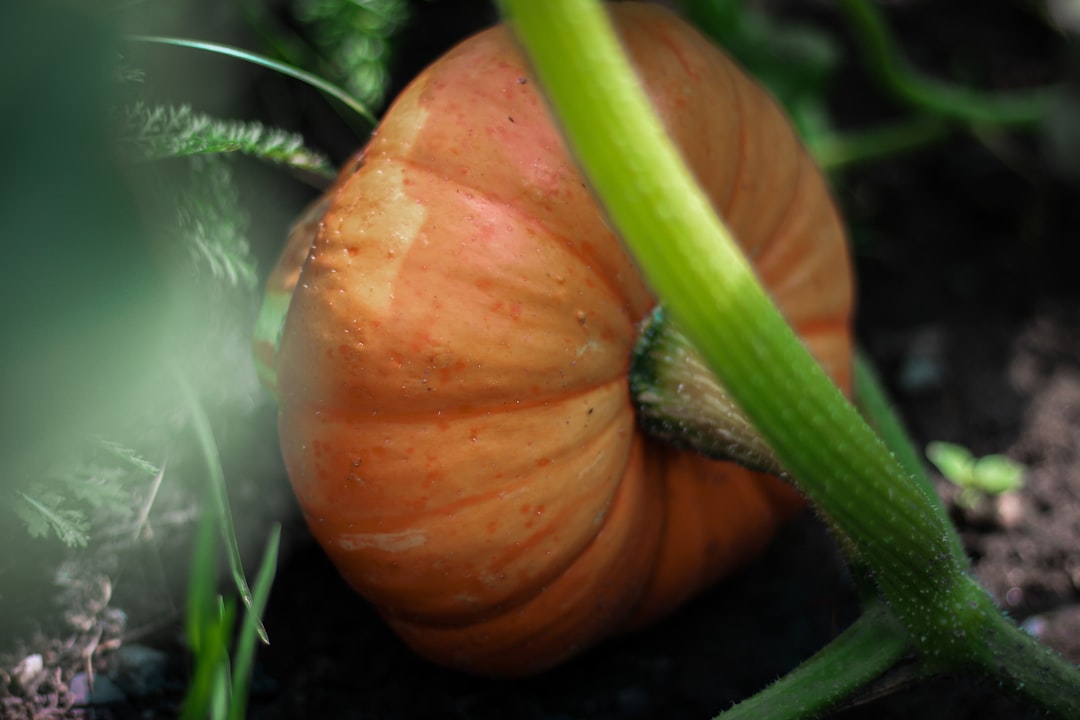Unveiling the Secrets of Houseplant Lighting for Optimal Growth

Houseplants have become an integral part of our indoor spaces, not only adding aesthetic appeal but also contributing to a healthier living environment. However, to ensure that your houseplants thrive, one of the most crucial factors to consider is lighting. Different houseplants have varying lighting requirements, and understanding the difference between bright indirect light, low light, and other lighting considerations can make all the difference in their growth and well - being.
Let's start by exploring bright indirect light. This is a common lighting requirement for many popular houseplants. Bright indirect light means that the plant is not exposed to direct sunlight but still receives a significant amount of light. You can achieve this by placing the plant near a window with a sheer curtain or in a well - lit room away from direct sunbeams. For example, plants like the Monstera Deliciosa thrive in bright indirect light. The large, fenestrated leaves of the Monstera need sufficient light to carry out photosynthesis effectively. When placed in bright indirect light, the plant will grow strong and produce those characteristic holes in its leaves.
On the other hand, low - light conditions are suitable for plants that can tolerate less light. Low - light houseplants are ideal for rooms with few windows or areas far from natural light sources. Some examples of low - light plants include the Snake Plant (Sansevieria) and the ZZ Plant (Zamioculcas zamiifolia). The Snake Plant has long, upright leaves that can store water, allowing it to survive in areas with minimal light. It is also known for its air - purifying properties, making it a great choice for bedrooms or offices with limited light. The ZZ Plant is another hardy low - light plant. Its glossy, dark green leaves add a touch of elegance to any space, and it can go for long periods without water, making it very low - maintenance.
Direct sunlight can be beneficial for some houseplants, but it can also be harmful to others. Plants like the Jade Plant (Crassula ovata) and the Aloe Vera love direct sunlight. The Jade Plant, with its thick, succulent leaves, stores water and can tolerate the intense heat and light of direct sun. Aloe Vera, known for its medicinal properties, also thrives in direct sunlight. However, for many other houseplants, direct sunlight can cause leaf burn. The intense rays of the sun can scorch the leaves, leaving them with brown or yellow patches. If you want to expose a plant to direct sunlight, it's important to do it gradually, starting with a few hours a day and gradually increasing the exposure time.
Artificial lighting can also be a great option for houseplants, especially in areas where natural light is limited. There are different types of artificial lights available, such as fluorescent lights, LED lights, and incandescent lights. Fluorescent lights are a popular choice for growing houseplants because they are energy - efficient and emit a balanced spectrum of light. LED lights are also becoming increasingly popular as they can be customized to emit specific wavelengths of light that are beneficial for plant growth. Incandescent lights, however, are not the best choice for houseplants as they produce a lot of heat and do not emit the right spectrum of light for photosynthesis.
When choosing artificial lighting for your houseplants, it's important to consider the light intensity and the duration of light exposure. Different plants have different light intensity requirements. For example, plants that require bright indirect light will need a higher light intensity than low - light plants. The duration of light exposure is also crucial. Most houseplants need around 12 - 16 hours of light per day to grow properly. You can use a timer to ensure that your plants receive the right amount of light each day.
Another important aspect of lighting for houseplants is the direction of light. Plants grow towards the light source, so it's important to rotate your plants regularly to ensure even growth. If a plant is constantly facing one direction, it may grow lopsided, with one side of the plant being more developed than the other. By rotating the plant every few days, you can encourage balanced growth and a more aesthetically pleasing appearance.
In conclusion, understanding the lighting needs of your houseplants is essential for their growth and survival. Whether it's bright indirect light, low light, direct sunlight, or artificial lighting, each type of lighting has its own advantages and disadvantages. By providing the right type of light, the right intensity, and the right duration of light exposure, you can help your houseplants thrive and create a beautiful indoor garden.